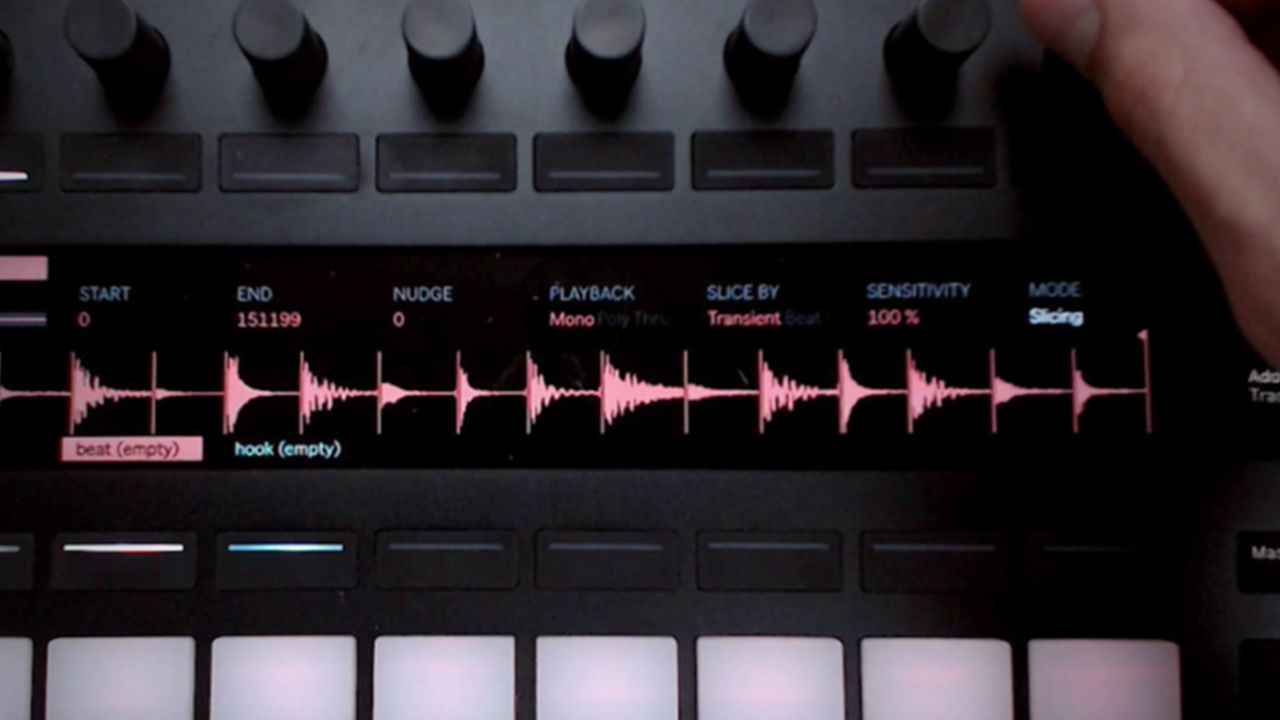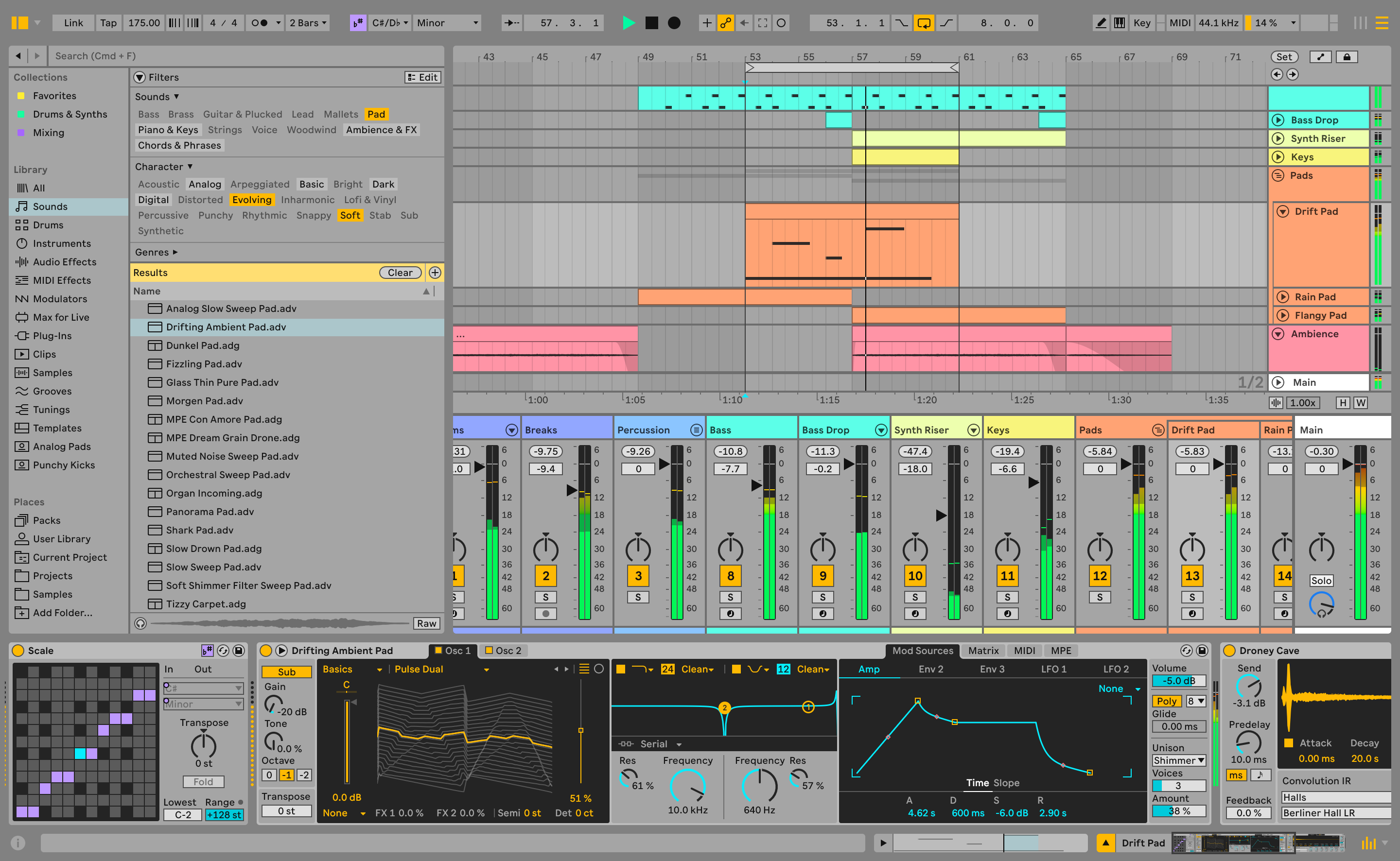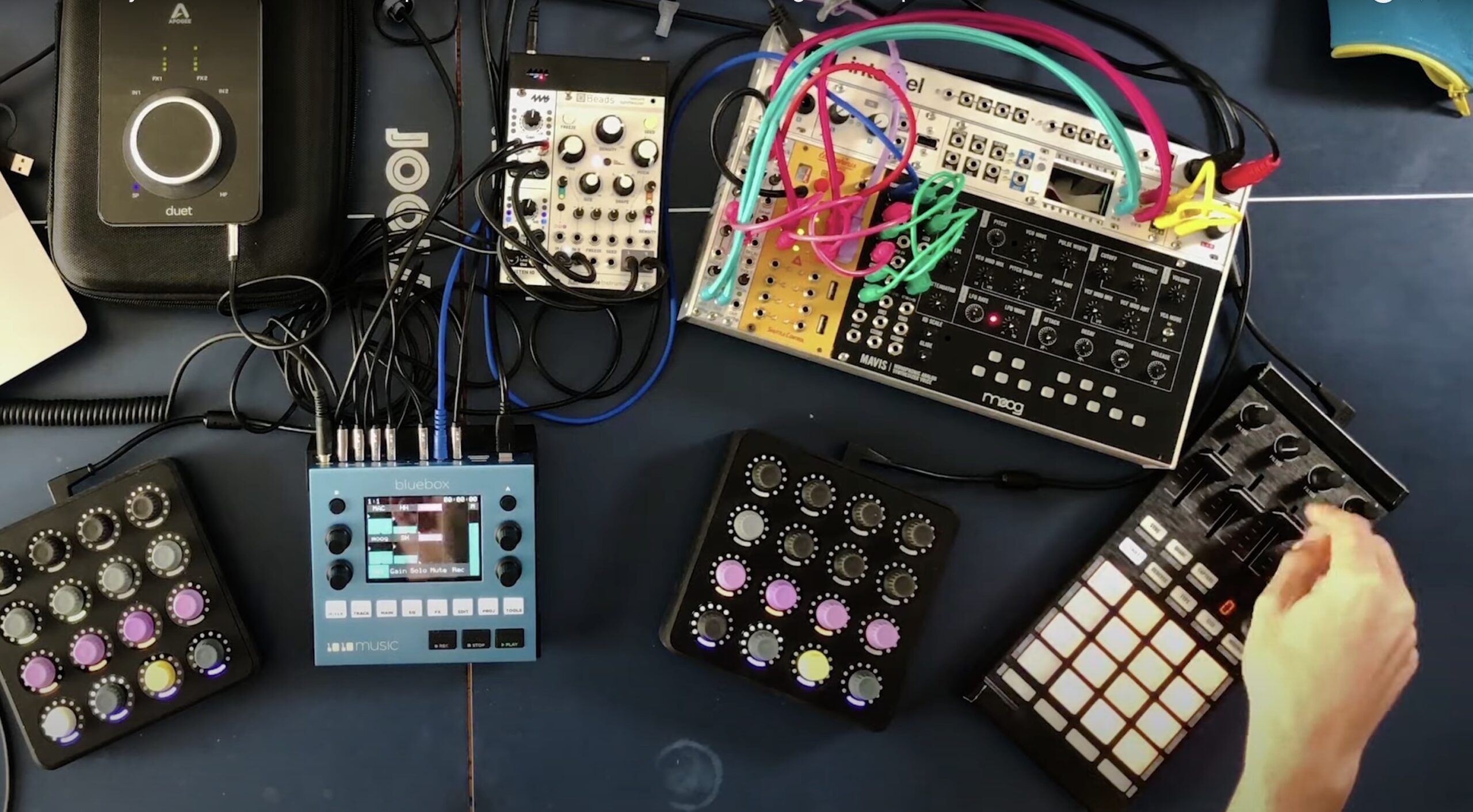Mad Zach is back with another new video from his studio. This one takes a closer look at the brand new slicing features in the upcoming Ableton Live 9.7. Being able to quickly chop up a sample based on transients unlocks some powerful new creative possibilities! Get inspired by today’s video.
Slicing With The Ableton Live 9.7 Simpler
What Is Slicing Anyway?
Slicing is when you chop a sample up into sections so that you can play each little part of the sample on its own pad or trigger. Slicing has its origins in the classic sampler – the MPC, and has been around for a long time. In fact, most of your favorite classic hip hop tracks were probably made using some kind of slicing technique.
The most quintessential hip hop beat-making technique is to slice up a part of a song (i.e. an old vinyl), slice up a break, and fuse the two elements together, reconfiguring the rhythm and re-contextualizing elements from the original track.
Mad Zach’s Take On The New Ableton Slicer
Coming from an MPC background, I was curious to see how Ableton would implement the concept of “slicing.”
I found the new slicing features in the software to be effective, quick to work with, and capable of yielding great results. Slicing lends a pretty specific workflow, but I would definitely imagine integrating the new features into my daily practice.
The main ways in which I see this being useful is for chopping up breaks, or looking quickly for interesting one-shots within a longer sample. Since I’m recording studio sessions with synths and drum machines a lot – and then manually chopping up bits, I think this could save me a lot of time turning long sessions into neat collections of useful one-shots. It also worked really well when chopping up an acapella or “drumless” sample because each slice can be used musically, and isn’t cluttered by percussion.
The home run here for me is that once you’ve got your slice points worked out and envelopes set, you can easily port the slices to a drumrack and use the individual slices each in their own simpler.
About The Different Slicing Modes
- For breaks or any kind of rhythmic focused material, you’ll probably want to choose transient mode” This will create a new slice at each transient (or drum hit), so you can make sure to capture each beat. Of course, you can always edit the slices after Ableton auto-detects – the markers Ableton places are great starting places, but sometimes need a bit of tweaking. If you have Push, the process becomes more tactile and intuitive.
- Beat mode allows you to alternate between quantized divisions, allowing you to move freely between 1/16, ?, ¼, etc.
- Regions will create a fixed and evenly distributed division based on whatever number you implement. For example if you select “8” – Ableton will create 8 even divisions.
- Manual mode is perfect for getting creative with your slices. My favorite part about manual mode is that you can create new slices on the fly while the sample is playing.
Get more details about the upcoming version of Ableton Live 9.7 in this announcement article.
Ableton Push 2 + Suite Bundle is $400 off in the DJTT store. Only $999 here for a limited time
Have your own techniques for slicing up samples? Let us know your secrets in the comments.









